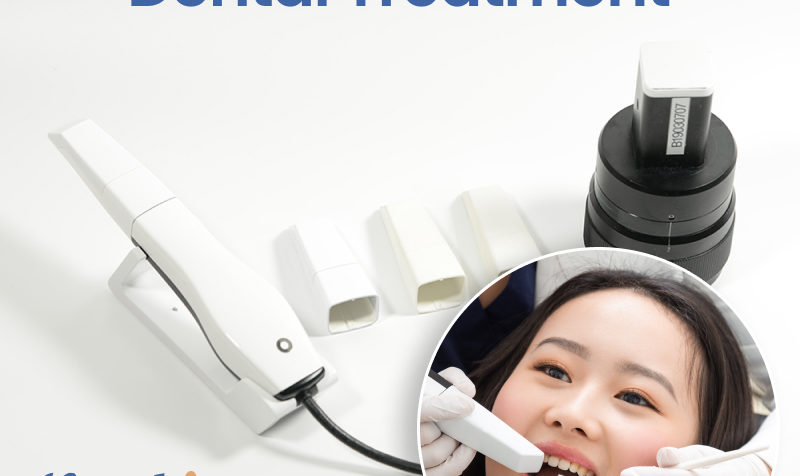The impact of digital technology has a transformative impact on our lives. Its revolutionary approach, ease of use, convenience and responsiveness have helped improve customer experience to a new level. While its impact in the health sector is widespread and well-known, dentistry has also gained a lot by adopting digital technology to provide rapid diagnosis, accurate treatment regimes, and an amazing patient experience. When we talk about digital dentistry, then it is a loose term that encompasses not only efficient management of patient records but also computer-aided technology for quick diagnosis such as the use of a 3D dental scanner. Some of the latest tools that spawned from digital technology include 3D cone beam scanners, digital x-rays, intraoral scanners, guided implant placement, and many more.

Benefits of digital dentistry
The focus of any successful technology is to make things easier, cheaper, and more effective. Earlier, due to long-drawn manual processes and associated treatment protocols, patients have had to spend a lot of time in the dental clinic. The digital dental equipment has helped in accelerating and streamlining the dentist workflow and also reduced the waiting time of the patients dramatically. Some of the advantages of using digital technology in dentistry are:
Improved accuracy: The success of the treatment is guaranteed for any dental issue if the diagnosis of the problem is precise. The digital dental tools such as a 3D dental scanner give the dentist a complete 360° view of the patient’s mouth, which helps in formulating the right treatment process that is customized as per the individual’s need. For example, the new revolutionary digital smile design tool gives patients a good idea of what they will look like after having a restorative, orthodontic or cosmetic treatment. This tool also helps in improving the precision of dental treatment and reducing any flaws that can creep in when restorations and dental devices are created.
Saves time: Digital dental tools like the intraoral scanner can quickly generate dental scans on the computer screen thereby accelerating the treatment process. As these images are in digital format, they can be quickly sent to specialists, dental laboratories as well as insurance providers for faster processing. Furthermore, instead of relying on laborious physical molds using alginates, digital impressions are easy to get.
Early treatment: When the oral ailment is diagnosed quickly and accurately leading to early intervention, then the chances of success improve dramatically. Therefore, when a dentist uses intraoral scanners and digital x-rays, then they can quickly find dental issues including the position of cavities accurately. The early detection and treatment minimize the chances of costly and painful treatment if the ailment gets more challenging by delaying the treatment.
Effective management of records: Manually maintaining records of patients takes time and is also prone to errors. If you use digital technology, then the entire process of patient record management becomes easy. The dentist can quickly look into the past treatment record of a patient for making an informed choice regarding the type of treatment procedure to be followed. As the entire records of all patients can be easily stored in your computer or on the cloud, it improves accessibility, security as well as reduces the storage cost significantly.
Conclusion
The future of dentistry is very promising as advanced digital tools help dentists to make an accurate diagnosis and precise treatment in designing aligners, crowns, etc. It also helps in improving the patient experience leading to an improved dentist-patient relationship. As the march of technology continues, dentistry is also adopting it and aligning its diagnosis and treatment procedures accordingly.






